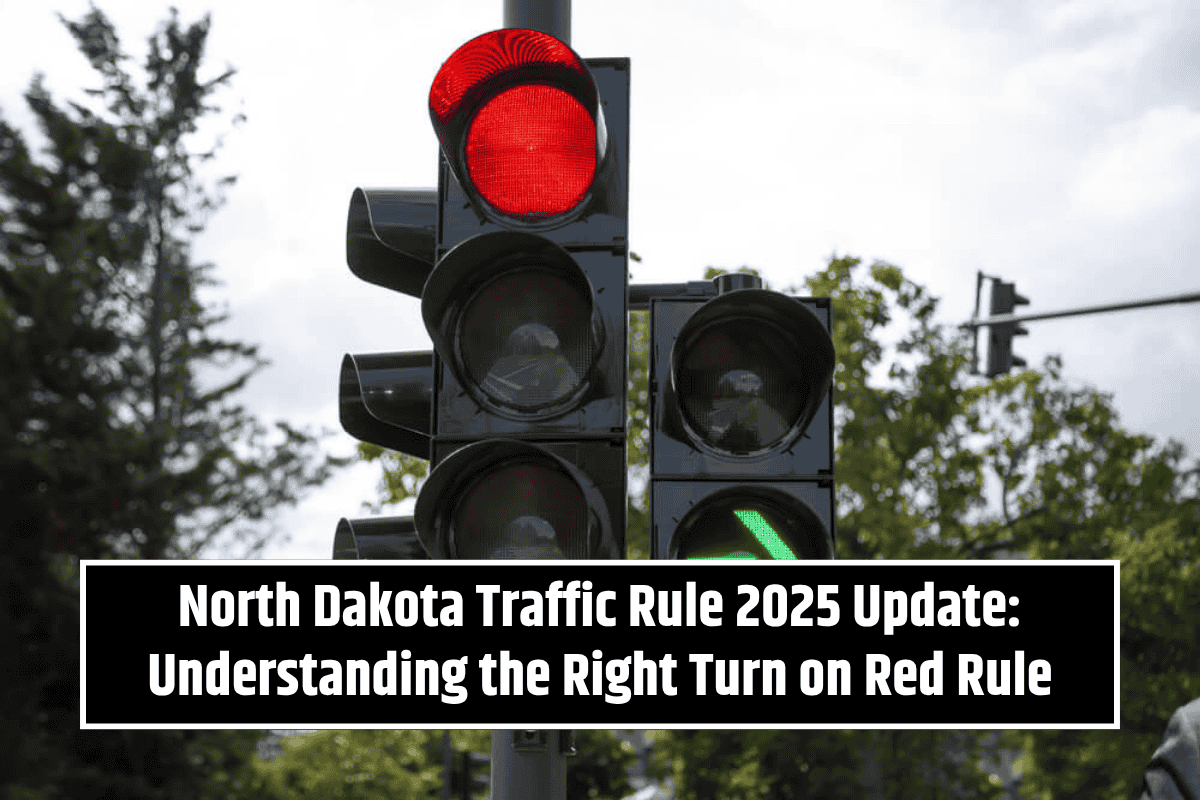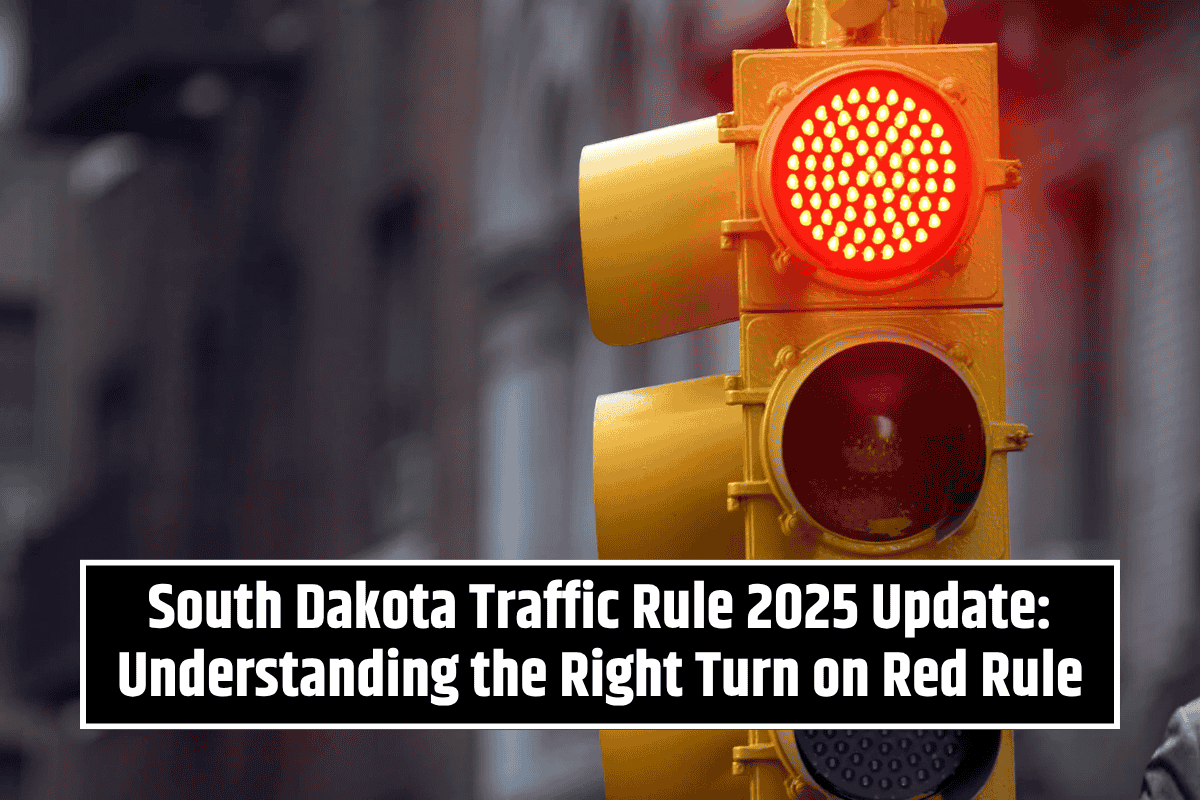Pedestrian fatalities in the United States have reached alarming levels, with over 7,500 deaths reported in 2022. As a result, many states are re-evaluating the safety of road users, including pedestrians and cyclists, by revisiting Right Turn on Red (RTOR) laws.
For example, Washington, D.C. has passed a ban on RTOR, which will take effect in 2025. This shift reflects growing concerns about the risks of RTOR, particularly at intersections where pedestrians are vulnerable.
In this article, we explore how RTOR laws affect traffic flow, safety, and what drivers need to know to drive responsibly while being mindful of pedestrian safety.
What is Right Turn on Red?
Right Turn on Red (RTOR) is a traffic regulation that allows vehicles to turn right at a red traffic light after making a complete stop, provided there is no oncoming traffic or pedestrians crossing. While RTOR is common in the U.S. and Canada, specific rules can vary by state or municipality.
The goal of this regulation is to keep traffic flowing smoothly, but it also brings up concerns regarding pedestrian safety, especially at busy intersections.
Benefits of RTOR Laws for Traffic Flow and Efficiency
Despite the safety concerns, RTOR laws offer several benefits that can improve traffic efficiency:
- Reduced Waiting Times: RTOR allows vehicles to turn right on a red light after stopping, reducing the time spent waiting for a green light. This can lead to smoother traffic flow, especially during peak hours.
- Fuel Savings: By minimizing idling at traffic lights, RTOR can help drivers save fuel. This reduction in idling also has environmental benefits, as it helps lower emissions and pollution.
- Improved Traffic Movement: When implemented with appropriate safety measures, RTOR can help alleviate congestion at intersections, creating a smoother flow for both vehicles and pedestrians.
- Flexibility for Drivers: RTOR offers more flexibility to drivers, especially in busy urban areas where delays at traffic lights can add to commute times. It can be particularly useful for public transportation and deliveries, helping reduce overall travel time.
Mixed Perspectives on RTOR
Traffic safety experts have different views on RTOR laws. Some safety advocates argue that banning RTOR could reduce pedestrian fatalities. By preventing vehicles from making sudden or unexpected right turns, pedestrians would have a safer space to cross streets without worrying about potential accidents. They believe that assessing the potential impact of RTOR laws on both traffic flow and driver behavior is essential before deciding whether to implement a ban.
Basic Requirements for Making a Right Turn on Red
While RTOR is generally allowed, there are specific requirements drivers must follow to ensure safety:
- Complete Stop: Drivers must come to a full stop at the red light. A rolling stop is not sufficient. This allows drivers to check for pedestrians, oncoming traffic, or any other hazards before proceeding.
- Yield to Oncoming Traffic: After stopping, drivers must yield to vehicles with a green light. Merging into traffic without confirming it’s safe can lead to accidents, particularly when vehicles are turning left into the same lane.
- Watch for Pedestrians: Pedestrian safety is critical when making a right turn on red. Drivers must remain alert for pedestrians in the crosswalk, especially those who may have the right of way. Ensuring the crosswalk is clear before turning is essential to avoid accidents.
Exceptions to the RTOR Rule
While RTOR is generally allowed, there are certain exceptions that drivers should be aware of:
- No Turn on Red Signs: Some intersections have signs that explicitly prohibit turning right on red. Drivers must adhere to these signs, as failure to do so can result in traffic violations and accidents.
- Specific Intersections: Certain intersections, particularly those with high pedestrian traffic or poor visibility, may have regulations that prohibit RTOR for safety reasons.
- Traffic Control Devices: Traffic signals may also indicate whether a right turn on red is allowed. If the signal is red with a specific prohibition on turning, drivers must comply with the signal’s directive.
State Implementation of RTOR Laws
RTOR laws vary from state to state across the U.S. While some states allow RTOR under specific conditions, others impose restrictions or outright ban the practice. In places with high pedestrian traffic or complex intersections, local authorities may choose to limit RTOR to reduce the risk of pedestrian accidents.
Right Turn on Red (RTOR) laws provide benefits in terms of traffic flow, fuel savings, and flexibility for drivers. However, the increasing number of pedestrian fatalities has raised concerns about pedestrian safety, especially at busy intersections.
While RTOR can be beneficial, it is important for drivers to follow the law, yield to pedestrians, and be mindful of the potential risks. Some states, like Washington, D.C., have already decided to ban RTOR, reflecting a shift toward safer streets for everyone.
Drivers should be aware of their local laws and be responsible when turning right at red lights. This includes stopping fully, yielding to other traffic, and checking for pedestrians before proceeding. With growing awareness, communities can balance efficiency with pedestrian safety, ensuring that roads are safer for all users.
















Leave a Reply